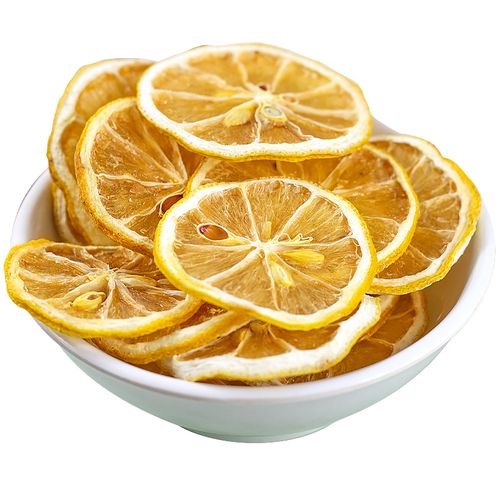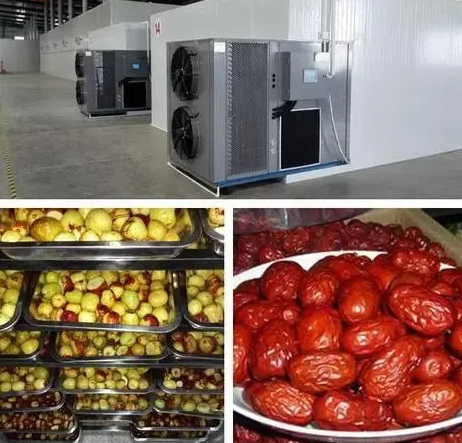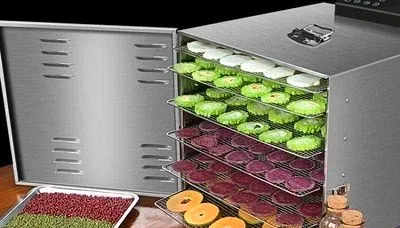
Content Menu
● Introduction
● Understanding Heat Pump Dryers
● Essential Maintenance Tips for Heat Pump Dryers
>> 1. Regular Cleaning of Filters
>> 2. Inspecting Heat Exchangers
>> 3. Cleaning the Condenser
>> 4. Checking Water Reservoirs
>> 5. Monitoring Temperature Settings
>> 6. Professional Servicing
● Conclusion
● Frequently Asked Questions
>> 1. How often should I clean my heat pump dryer filters?
>> 2. What are the signs that my heat pump dryer needs maintenance?
>> 3. Can I perform all maintenance tasks myself?
>> 4. How does cleaning affect the efficiency of my heat pump dryer?
>> 5. What should I do if my heat pump dryer is not drying effectively?
Introduction
Heat pump dryers have become increasingly popular in the food processing industry due to their energy efficiency and ability to maintain product quality during drying. As a manufacturer of food drying machines, understanding the essential maintenance tips for heat pump dryers is crucial for ensuring optimal performance and longevity. This article will delve into the key maintenance practices necessary to keep heat pump dryers operating efficiently, along with visual aids and videos to enhance understanding.

Understanding Heat Pump Dryers
Heat pump dryers work by using a refrigeration cycle to extract moisture from food products while minimizing energy consumption. They operate at lower temperatures compared to conventional dryers, which helps preserve the nutritional value and sensory qualities of dried foods. However, like any machinery, they require regular maintenance to function effectively.
Essential Maintenance Tips for Heat Pump Dryers
1. Regular Cleaning of Filters
Importance of Cleaning Filters
Cleaning the filters in your heat pump dryer is one of the most critical maintenance tasks. Clogged filters can significantly reduce drying efficiency and increase energy consumption.
How to Clean Filters
- Lint Filter: This should be cleaned after every load. Remove the filter, brush off any lint, and rinse it under warm water if necessary. Ensure it is completely dry before reinserting it.
- Lower Filter: This filter can accumulate lint and debris over time. Depending on usage, clean it every few weeks by removing it from its compartment and using a vacuum or brush to clear away buildup.
2. Inspecting Heat Exchangers
Why Inspect Heat Exchangers?
Heat exchangers play a vital role in the drying process by transferring heat efficiently. If they are dirty or blocked, the dryer will not perform optimally.
Inspection Process
- Open the dryer's access panel to reach the heat exchangers.
- Use a soft brush or vacuum to remove dust and lint buildup.
- Inspect for any signs of wear or damage that may require professional servicing.
3. Cleaning the Condenser
Condenser Maintenance
The condenser is essential for cooling and condensing moisture from the air. A clean condenser ensures efficient operation.
Steps for Cleaning
- Turn off the dryer and unplug it.
- Remove the condenser cover carefully.
- Use a soft brush or cloth to clean the fins without bending them.
- Reassemble everything once cleaned.
4. Checking Water Reservoirs
Understanding Water Reservoirs
In heat pump dryers, moisture extracted from food collects in a water reservoir. Regularly checking and emptying this reservoir is crucial for preventing overflow and maintaining efficiency.
Maintenance Tips
- Empty the reservoir after every load or as indicated by your machine's alert system.
- Clean the reservoir periodically with warm soapy water to prevent mold growth.

5. Monitoring Temperature Settings
Importance of Temperature Control
Maintaining appropriate temperature settings ensures that food is dried effectively without compromising quality.
How to Monitor Settings
- Regularly check that temperature settings align with recommended levels for specific food types.
- Adjust settings based on seasonal changes or humidity levels in your facility.
6. Professional Servicing
When to Seek Professional Help
While routine maintenance can be performed by operators, certain issues may require professional servicing.
Signs You Need Professional Help
- Unusual noises during operation
- Persistent error codes on the display
- Significant drops in drying efficiency despite regular maintenance
Conclusion
Maintaining a heat pump dryer is essential for ensuring its longevity and efficiency in food processing applications. By following these essential maintenance tips—regularly cleaning filters, inspecting heat exchangers, cleaning condensers, checking water reservoirs, monitoring temperature settings, and knowing when to seek professional help—users can maximize their equipment's performance and minimize operational costs.

Frequently Asked Questions
1. How often should I clean my heat pump dryer filters?
You should clean the lint filter after every load and the lower filter every few weeks depending on usage.
2. What are the signs that my heat pump dryer needs maintenance?
Signs include unusual noises, error codes on display, or a significant decrease in drying efficiency.
3. Can I perform all maintenance tasks myself?
Most routine maintenance tasks can be performed by users; however, complex issues may require professional servicing.
4. How does cleaning affect the efficiency of my heat pump dryer?
Regular cleaning prevents clogging, allowing for better airflow and reducing energy consumption during operation.
5. What should I do if my heat pump dryer is not drying effectively?
Check filters for clogs, inspect heat exchangers for cleanliness, and ensure that temperature settings are appropriate for the type of food being dried.
By adhering to these guidelines, you can ensure that your heat pump dryer remains in optimal condition, providing high-quality dried products while maintaining energy efficiency.












